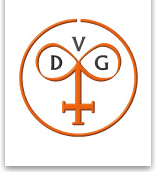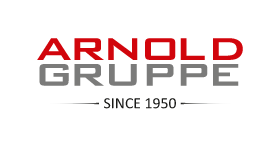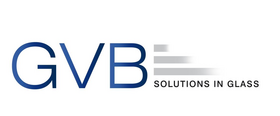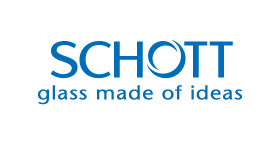Glassblowers
Training
Contents and procedure
The trainees learn, for example, in the 1st year of training
- which properties different types of glass have during production, processing and use
- what to consider during melting, purification and manual hot processing of the glass
- how to make and implement design sketches
- what to look for when starting a quantity of glass and making a basket
- what possibilities of preforming there are - how to knock off finished glass articles and transfer them to cooling
in the 2nd year of training
- how to pre-paint glass posts, process them with the help of the spoon, whirl, roll, form and inflate and inflate glass posts
- what rules exist for the composition of several types of glass
- how to attach glass posts to a pre-blown glass blank
- what is important when testing and sorting the products according to quality characteristics
- how to eliminate or eliminate the causes of glass and work defects
in the 3rd year of training
- what to look for when finishing preformed glass items
- how to freeform glass posts, e.B. by swivelling, cutting, spinning, spinning, tearing
- how to reheat glass posts and overhang them with colored glass, paint cones, overhang coats or funnels
- how glass masses for stem and bottom glass are placed and cut off
- which possibilities of quality assurance there are
Professionalism
After completing vocational training, the profession offers, among other things, the following opportunities:
Kölbelmacher, glass beginners or glass blowers, as quays, floor beginners, staplers or cutters, glassmakers manufacture blown glass articles with normal cap (e.B. beakers, champagne coolers), found glass articles (such as jugs, bottles), bottom and foot-mounted objects (including floor vases, tripod bowls) or chalice, color and overhang glasses, etc.
Operations
- Preparatory work such as cleaning the surface of the glass melt by removing it Making the Kölbel by immersing the tip of the glassmaker's pipe, removing and rolling the glass post, inflating it into a thick-walled glass ball (Kölbel)
- Piercing and blowing in of the Kölbel (immersion of the Kölbel in the glass mass, picking up further glass mass, smooth and round forms with the bead wood, turning the glass post, blowing into the blow mold)
- Picking up glass mass for stem and bottom
- Manufacture of the overhang
- Finishing the glass article
Work equipment, tools and material
among other things:
- Glasmacherpfeife, Nabelpfeife
- Wulgerholz, Hefteisen, Eintraggabel
- Abfehmkrücke, Rundschere
- Arbeitsbühne, Hafenofen, Elektroschmelzwanne, Einwärmtrommel
- Model (Einblasform), Schablonen
- Pfahleisen, Kölbelhalter
- Kugelspeiser, Stielpresse
- Glas, Wasser, Farbzapfen, Eisenoxyd, Farbglas
Places
- Glassworks and studio departments of glassworks
- Glassworks for real antique glass production
Continuing vocational training
Qualification and specialization opportunities
Participation in courses, courses or seminars, e.B. about VDE, industrial electronics, automation technology, basic IT knowledge, environmental protection, measurement, control and regulation technology materials and warehousing
Advanced training (according to appropriate professional practice)
- Industrial foreman in the field of glass
- Technician specialising in glass technology
- Technician for Business Administration






